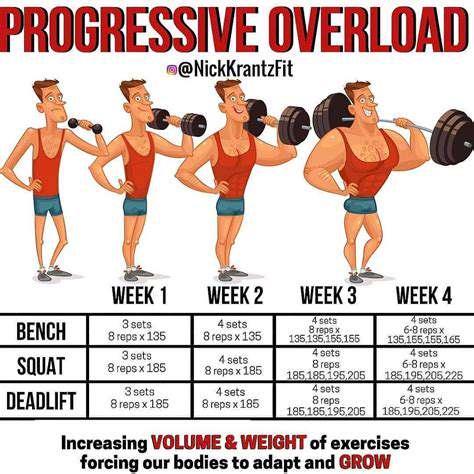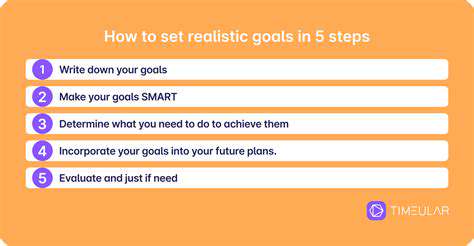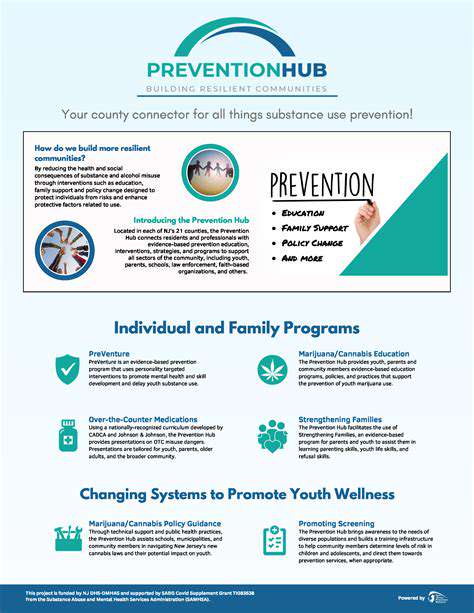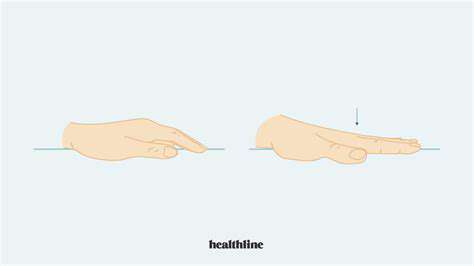Elite Methods for Boosting Hand Endurance
Here's an often overlooked technique: vary your training surfaces. Practice gripping smooth objects (like glass bottles) alongside textured ones (like rock climbing holds). This variability prepares your hands for real-world challenges where every grip situation differs slightly.
Progressive Overload: A Key Principle in Hand Training
The concept of progressive overload applies uniquely to hand training. Unlike large muscle groups that respond well to dramatic weight increases, hands benefit from subtle, consistent progression. A practical approach: increase your grip duration by 5-10% weekly rather than jumping to heavier weights.
Track your progress meticulously. Note how long you can maintain a pinch grip on weight plates or how many reps you complete with hand grippers. This data-driven approach prevents plateaus while minimizing injury risk from overzealous progression.
Choosing the Right Equipment for Hand Endurance Training
Equipment selection should mirror your daily hand use. Office workers might prioritize finger extension tools and stress balls, while mechanics would benefit from grip strengtheners that mimic tool use. An often overlooked option: therapy putty. Its variable resistance makes it ideal for both rehabilitation and endurance building.
Nutrition and Recovery for Optimal Results
Hand muscles recover differently than larger muscle groups. They benefit from more frequent, shorter training sessions rather than exhaustive workouts. Nutritionally, focus on collagen-rich foods and omega-3s to support tendon health. Hydration affects grip strength more than most realize - even mild dehydration can reduce performance by 10-15%.
Don't neglect contrast therapy. Alternating warm and cold soaks improves circulation to the dense network of small muscles and connective tissues in the hands.
Incorporating Hand Endurance Training into Your Routine
The beauty of hand training lies in its convenience. Squeeze a stress ball during meetings or do finger extensions while watching TV. The key is frequency over duration - several 2-3 minute sessions throughout the day prove more effective than one long session.
Track functional improvements, not just strength gains. Notice how much longer you can type without fatigue or how your guitar playing becomes more precise. These real-world benefits reinforce the value of your training regimen.


Maintaining Consistency and Setting Realistic Goals

Maintaining a Consistent Brand Identity
In today's fragmented digital landscape, brand consistency forms the bedrock of customer recognition. It's not about rigid uniformity but about creating a coherent narrative across all touchpoints. Think of your brand as a person - would you trust someone who constantly changed their personality?
The most overlooked aspect? Internal branding. Ensure every employee from customer service to accounting understands and embodies your brand values. This internal consistency naturally radiates outward in all customer interactions.
Defining Your Target Audience
Audience definition requires moving beyond basic demographics. The most effective brands map their ideal customer's daily routines, frustrations, and aspirations. Create detailed personas that include when they check email, which social platforms they use, even what keeps them up at night.
An advanced technique: identify not just who buys your product, but who influences the buying decision. In B2B especially, the end user often differs from the purchasing decision-maker.
Crafting Compelling Messaging
Great messaging combines specificity with emotion. Instead of saves time, try reclaims 3 hours weekly for family time. Use power words that trigger emotional responses - transform outperforms change, proven beats tested.
Implementing Effective Visual Communication
Visual branding extends far beyond logos. Develop a distinctive visual language through consistent use of angles, negative space, and image treatments. For example, Apple's product photography always uses clean white backgrounds with specific shadow treatments.
An often missed opportunity: ensure your visual branding translates effectively to grayscale. This tests whether your identity relies too heavily on color cues that might not always be visible.
Utilizing Consistent Brand Voice
Your brand voice should have recognizable cadence and rhythm. Whether it's short, punchy sentences or more elaborate phrasing, this linguistic fingerprint should be identifiable even without visual branding cues.
Monitoring and Adapting Your Strategy
Effective monitoring looks beyond surface metrics. Track how brand perception evolves through sentiment analysis of customer conversations, not just engagement numbers. Notice emerging language customers use to describe your brand - these often reveal unanticipated brand associations.
Schedule quarterly brand audits where you experience your brand as a customer would - navigating your website, contacting support, unboxing products. This ground-level perspective reveals disconnects between intention and reality.











